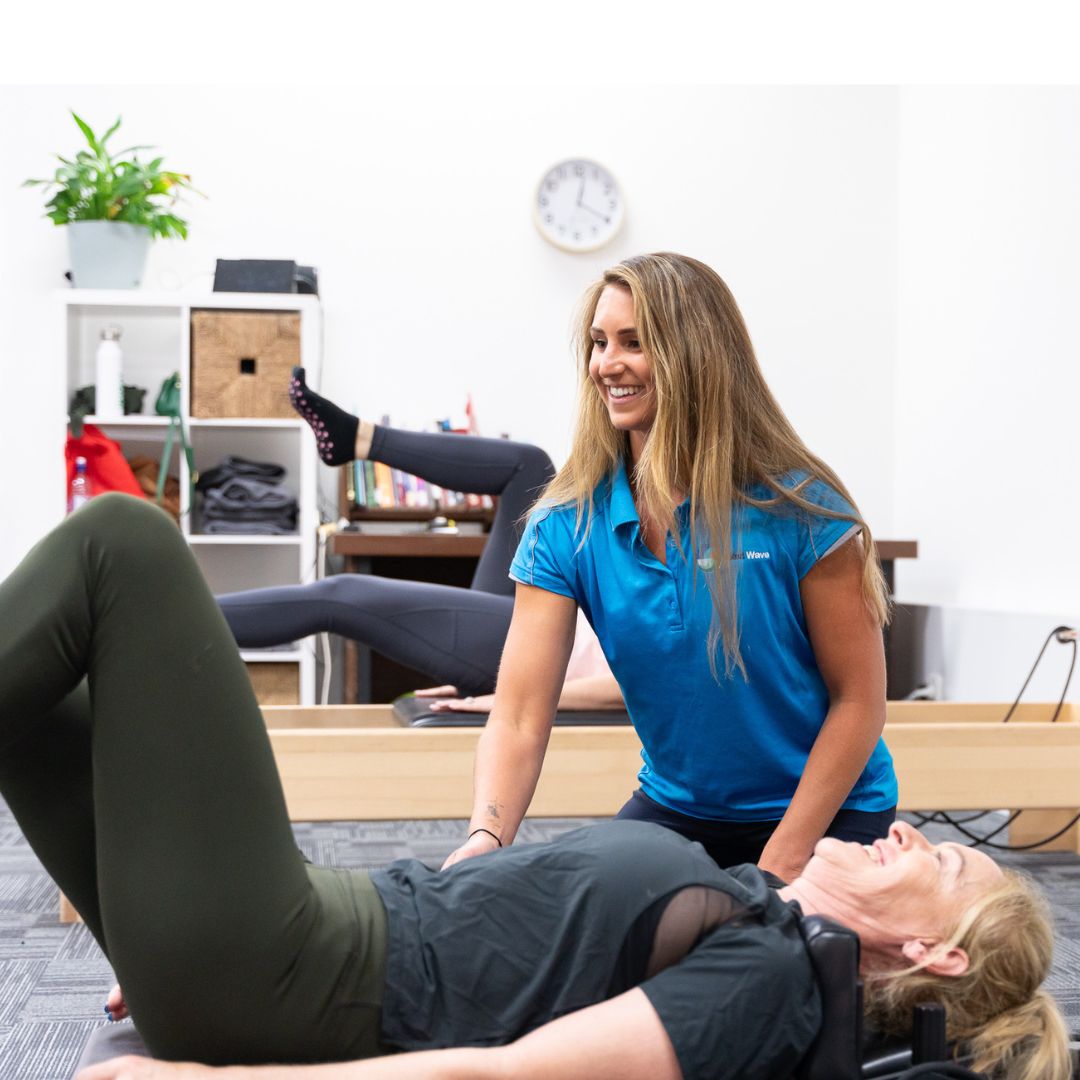Running and Its Common Injuries
Running injuries?? Isn’t running supposed to be good for me?
Whether you’re a first time runner or returning to exercise, it can be tough, like really tough.
When you do get back into it, the last thing you want to be thinking about are injuries!
Running is a great exercise
Running is a great form of exercise for a number of reasons; it’s cheap, you can do it solo, and it requires no equipment. Unfortunately, it does also come with its own injury risks. According to multiple research studies based on running, it is estimated that roughly 25% of runners will experience an injury (defined by needing to take a rest day on 2 successive days allocated to running, due to pain) when they first start running (whether as a new runner or a returning runner).
So, as you can see, there is a decent chance that you will receive some form of injury whilst beginning your running journey. This is an inherent risk that you must accept before beginning to run. The good news is, that the positive long-term benefits of running far outweigh any potential negatives.
Why does running cause so many injuries?
Running is commonly portrayed as an entry-level form of exercise. This is probably because we have all done it at some stage in our lives. It’s simple, there is no big technical barrier to getting into it (unlike golf or tennis for example).
However, the reality is, running is tough!
Every time you take a step when running, you are essentially throwing all your weight on to one leg. That leg must absorb the force of landing, distribute the force up the body, then produce another equal force to push you back into the air! You are essentially just doing lots and lots of mini hops over and over again.
If you have not gone running in a while (studies would indicate that over 3 weeks is a while), then your body has become de-conditioned to the forces involved in running.
To give you some numbers, when an 80 kg person runs, roughly 2000 newtons of force are applied through the legs (roughly 200 kg), this means roughly 100 kg is taken through each leg with each step. There are numerous factors associated with how well your body can cope with these incoming forces.
There are three large predictors which can be used to estimate injury risk to any runner:
-
Running technique
-
Recent running load (within the last 3 weeks)
-
Lower limb strength
The crux of it is… if your running technique is inefficient or not evenly distributing load through the legs, you haven’t run in a while, or your legs aren’t strong; then you are exposing yourself to a higher injury risk whenever you run.
Common injury sites in running
By now you get the idea that running exposes your legs to a lot of force. This is reflected in the common body parts we treat from running injuries. These are:
-
Achilles tendon
-
Knees
-
Hamstrings
-
Plantar Fascia
-
Shins
-
ITB (outside thigh)
-
Feet
When we look at common injury sites in running it can be simplified down to an easy rule… “The weak part breaks”. This is quite a simple rule, but there are of course exceptions.
The primary other reason people experience a running injury usually falls down to running technique. Everyone runs differently, so there is no perfect technique. There are however a few key principles of running that allows for optimal force distribution during strides. If a person’s running technique is not efficient, we will generally see 1 area of the lower limb being loaded more than others. Generally, this is where we will see an injury occur.
When should I see a physio for running?
Whether your a first time runner, returning to running or an experienced runner, a physiotherapist can:
-
Assess and treat muscle injuries
-
Treat running niggles, aches and pains before they become more serious
-
Treat more serious musculoskeletal complaints
-
Develop a formal running program tailored to meet your needs
-
,Provide a strengthening program to best prepare you for running
… and more!
What if I experience pain during or after running?
Some pains are a very normal process of getting into running, there are no two ways about it. However, if you are consistently missing days running due to a pain, then that is where it becomes a problem.
My general rule of thumb is, “If you miss two planned running sessions in a row due to pain, then you should book in with a physio.”
What if I have a more serious injury?
When seeing a physiotherapist, we will determine the injury site and create a plan to rehab the injury. This will involve strengthening the injury site and assessing running technique to improve possible load distribution issues. We will also help with setting out a graded running program for you.
Copyright © Next Wave Therapy
Written by Zacchary Betts
Zacchary is physiotherapist at Next Wave Therapy with a special interest in sports injuries, musculoskeletal complaints. He has additional qualifications in Polestar Pilates, strength training and dry needling acupuncture. Zacchary helps people reach their most amazing potential in life through optimal fitness, strong mobility and functional capacity.







